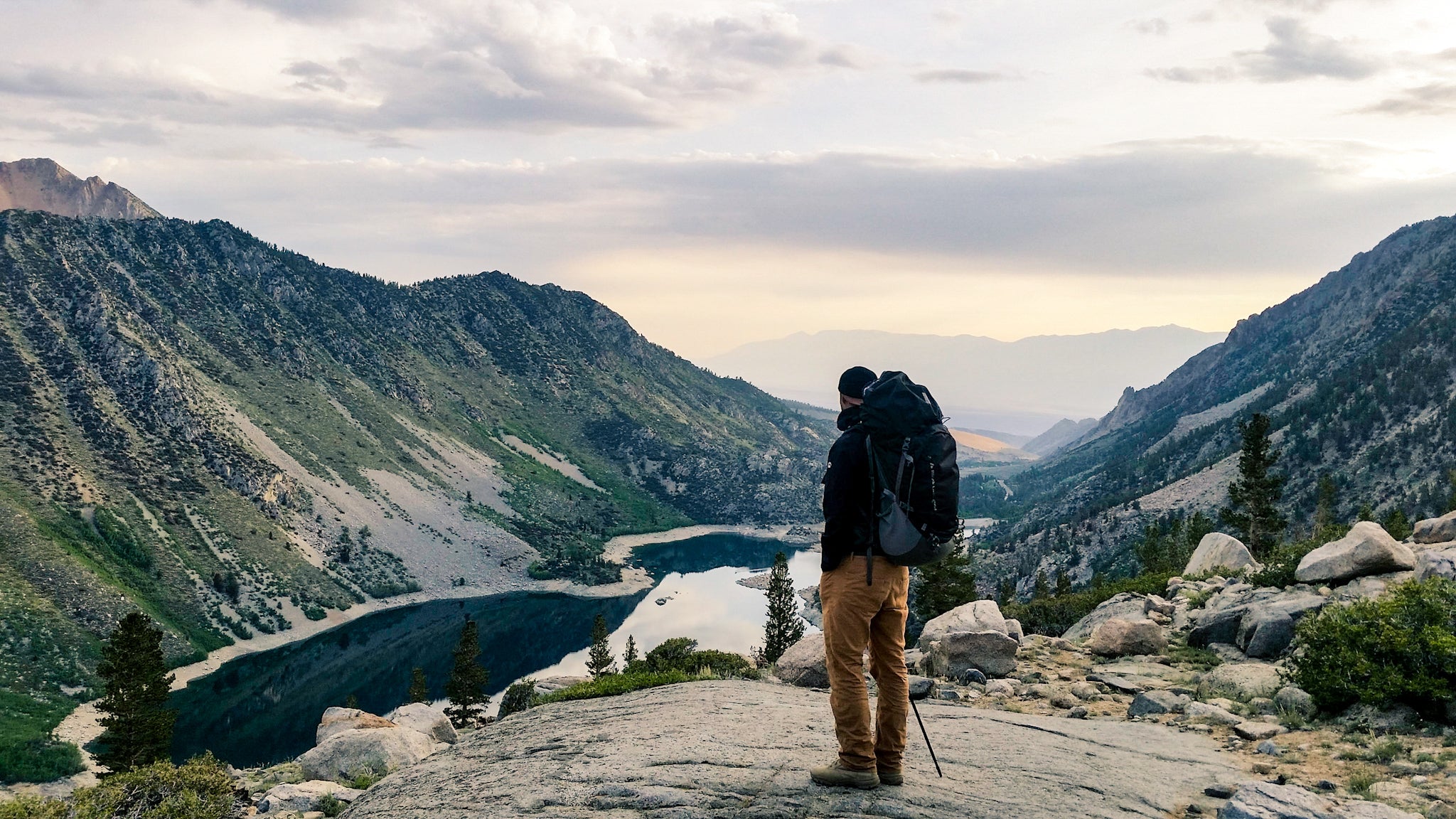How To

Top 10 Backpacking Gear Picks
Kilimanjaro Gear brand ambassador Connor has assembled a list of Top 10 items every aspiring backpacker should consider.
Read on for this experienced outdoorsman's take on must-have gear for hittin...
Cart
Your cart is empty
